Scheduled maintenance - Thursday, July 12 at 5:00 PM EDT
We expect this update to take about an hour. Access to this website will be unavailable during this time.
CCOHS produces a wide variety of publications related to workplace health and safety. Every publication is reviewed by representatives from government, employer and labour for technical accuracy and readability. For more information, read our frequently asked questions (FAQs).




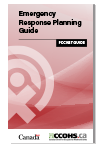
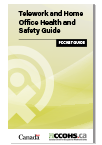
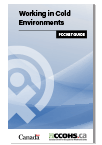
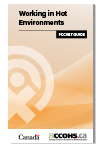

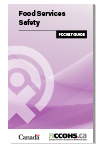
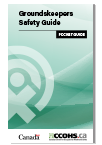
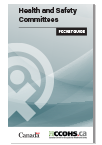
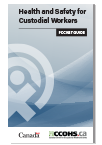


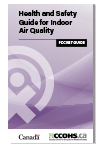
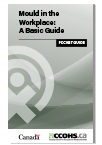
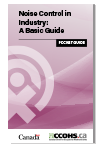
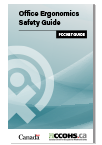
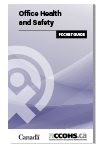

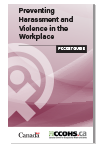
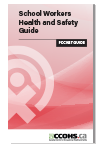

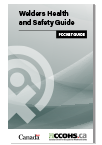

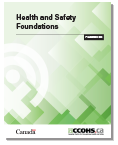
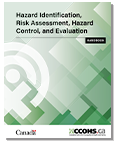
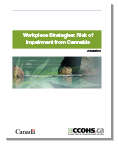
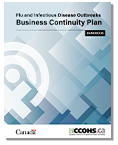

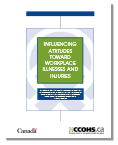
Save with quantity discounts! The more you buy, the more you save. Discounts apply to any combination of print and PDF publications made in a single purchase. Note that only select titles are available in print.
CCOHS offers the following discounts when ordering multiple titles or copies of publications. Discounts are based on the individual publication price with the following discounts applied:
| Quantity | Discount |
|---|---|
| 100-499 | 15% |
| 500-999 | 20% |
| 1000+ | 25% |